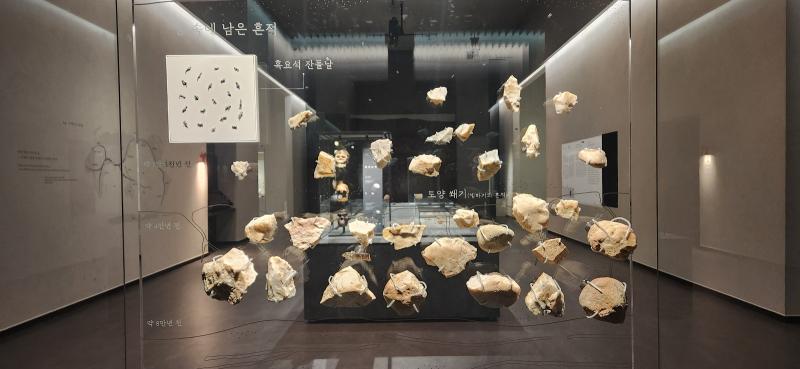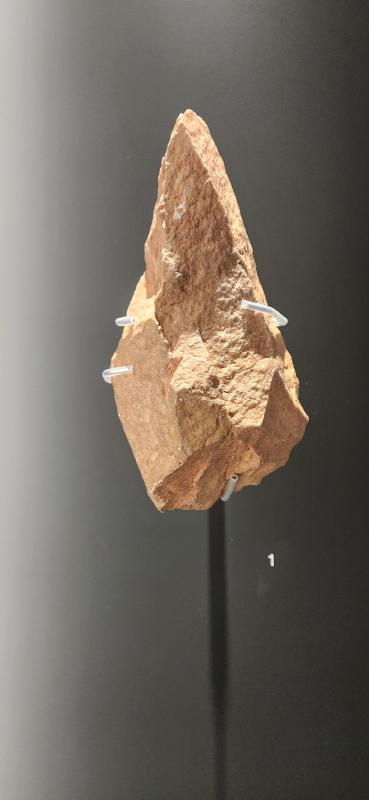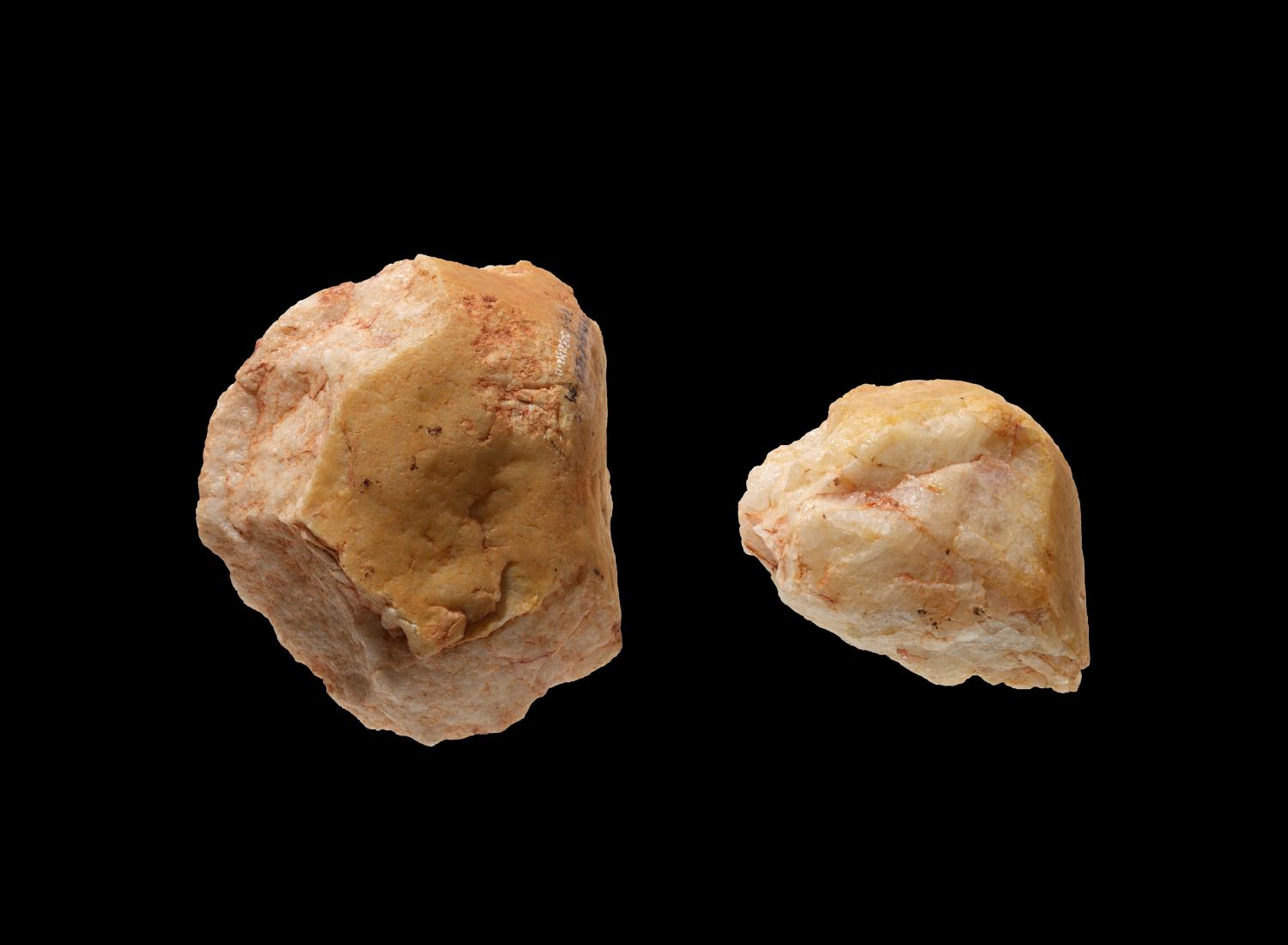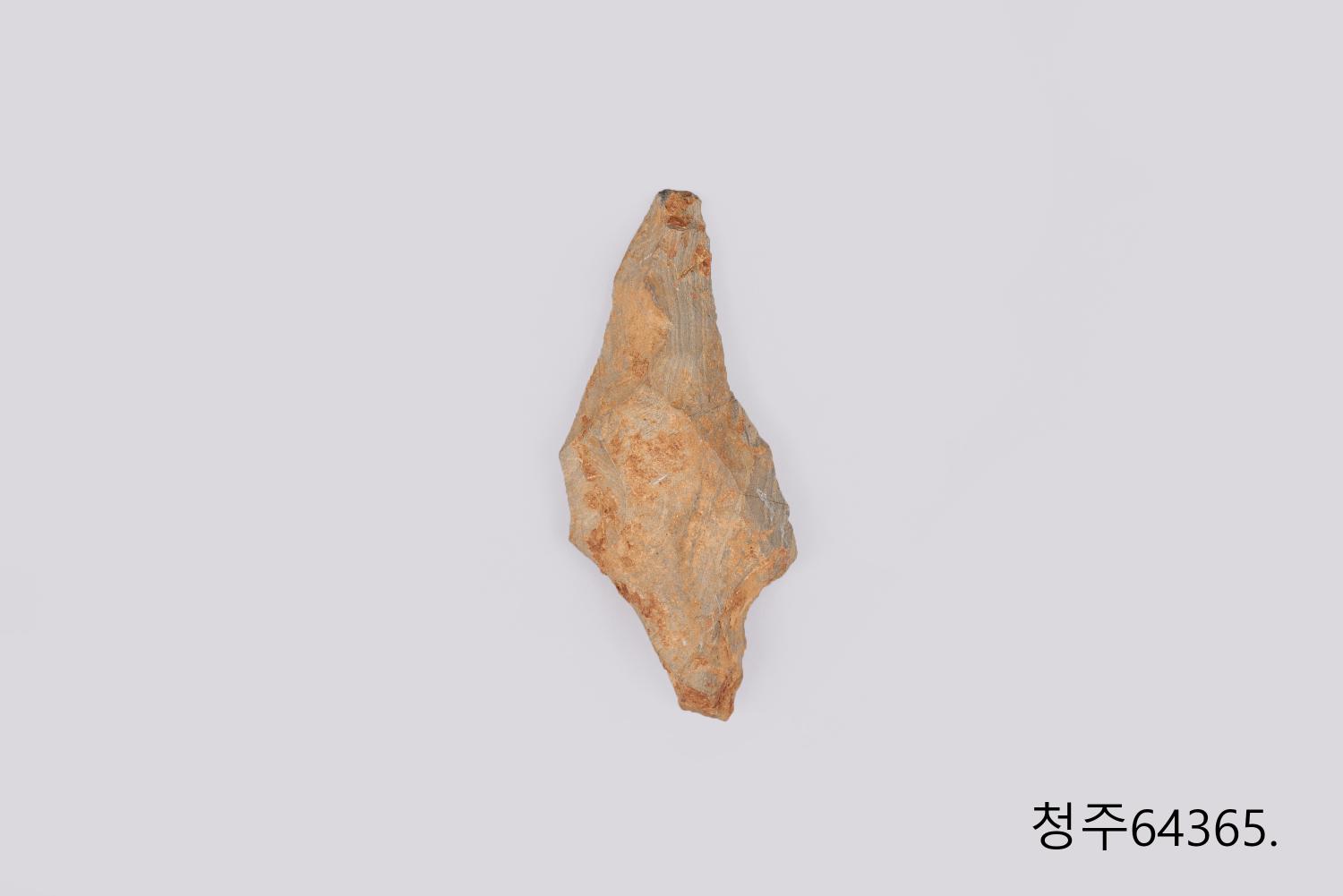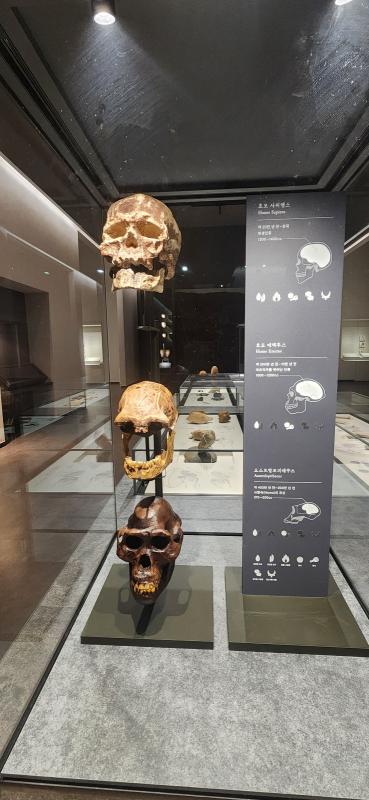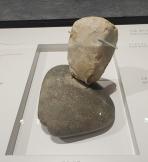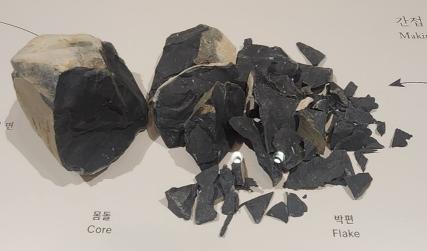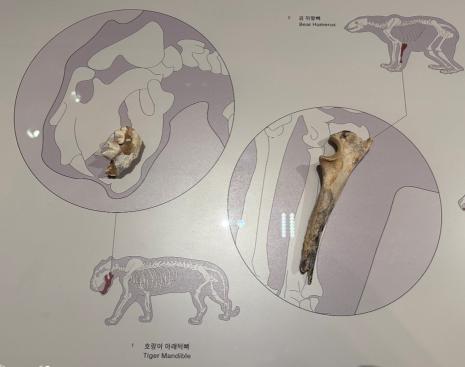- Children’s Museum
- NMK Magazine
- Museum Shop
- Related Site
- Gyeongju National Museum
- Gwangju National Museum
- Jeonju National Museum
- Daegu National Museum
- Buyeo National Museum
- Gongju National Museum
- Jinju National Museum
- Cheongju National Museum
- Gimhae National Museum
- Jeju National Museum
- Chuncheon National Museum
- Naju National Museum
- Iksan National Museum
- Cultural Foundation of National Museum of Korea
- Friends of National Museum of Korea
- The Korean Museum Association
- Language
Prehistory and Ancient History
The Prehistory and Ancient History section displays artifacts that represent some of the earliest evidence of Korean civilization and culture, from stone tools of the Paleolithic age to gold jewelry of the Silla Kingdom and stone monoliths of the Balhae era, with each room documenting those aspects that uniquely define each of Korea's different periods of ancient history.
-
Paleolithic Period
-
Location
Showroom
Introduction
- The Paleolithic Period, Fight for Survival in a Harsh Environment
- The Paleolithic Period was characterized by cold glacial periods and warm interglacial periods. Large areas of the earth were covered with ice during the glacial periods. During the last ice age, which was the coldest, the west coast of the Korean Peninsula was landlocked, and the Korean Peninsula and the Japanese Archipelago were also connected by a land bridge.
- Early in the Paleolithic, people used simple stone tools, such as chopping tools and handaxes, to butcher meat and crush bones or process berries. From about 40,000 years ago, stone tools known as “tanged-points” were affixed onto the end of spears and used for hunting. From 29,000 years ago, knives and spears featuring sharp stone blades made of obsidian were produced and used to hunt large animals, such as mammoths. Unlike in the present day, however, Paleolithic people were not the strongest beings in the ecosystem. They had to continuously make efforts to survive in the harsh and dangerous environment.
-
-
-
Location
-







 X
X  Facebook
Facebook 